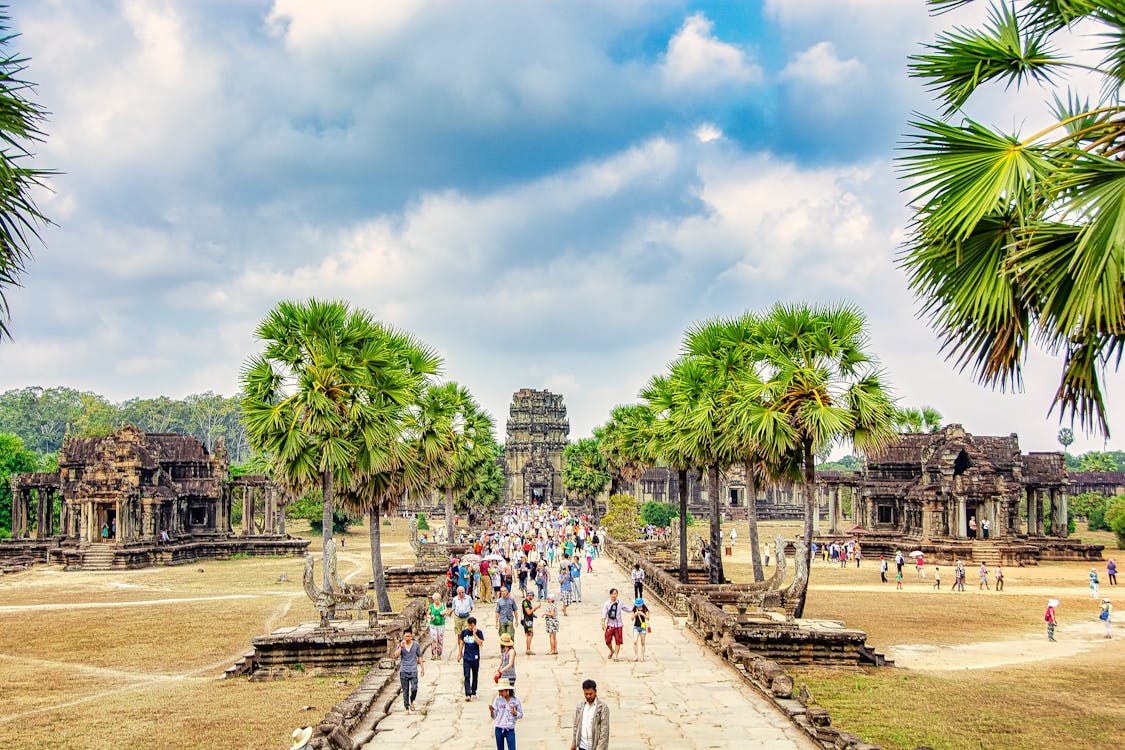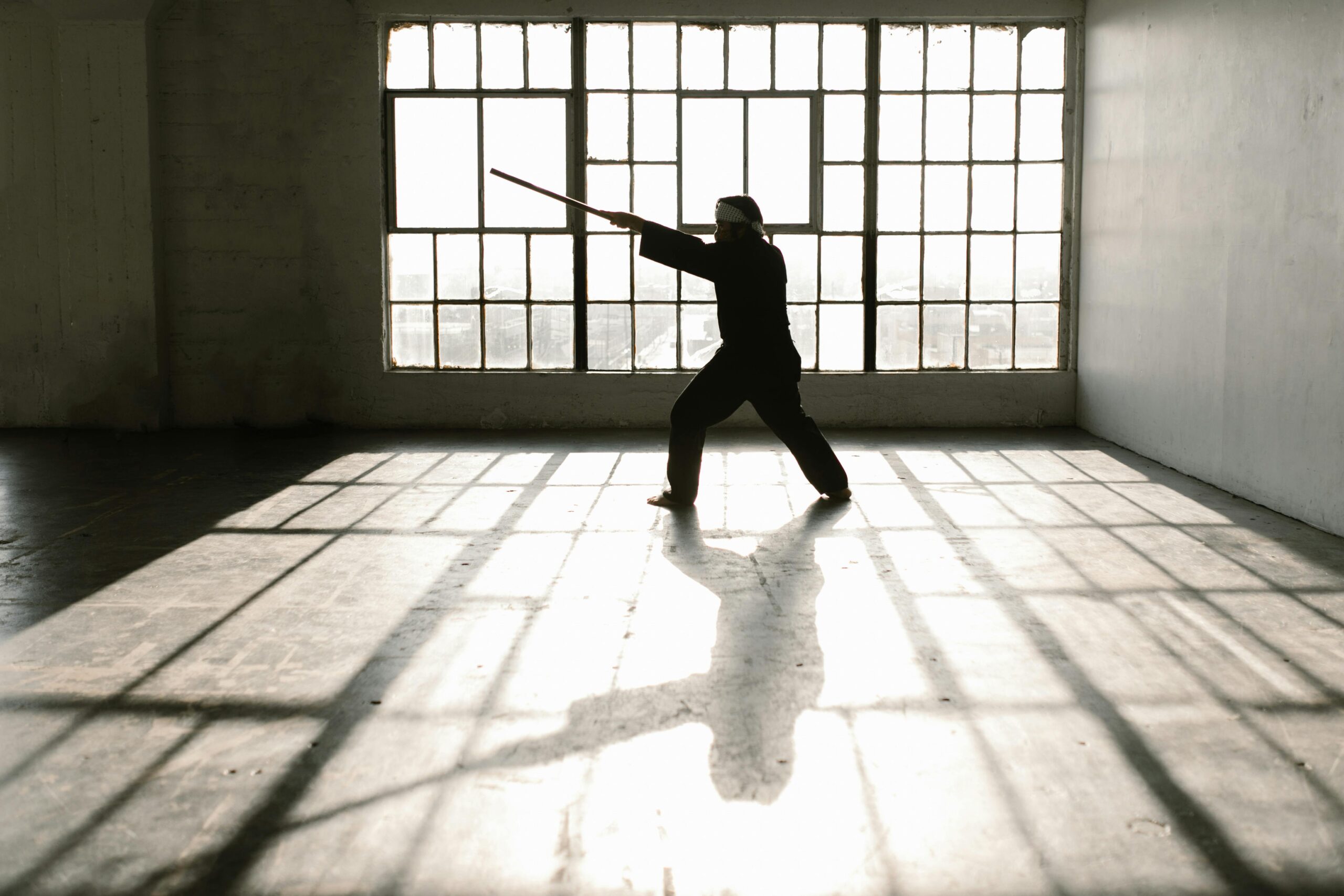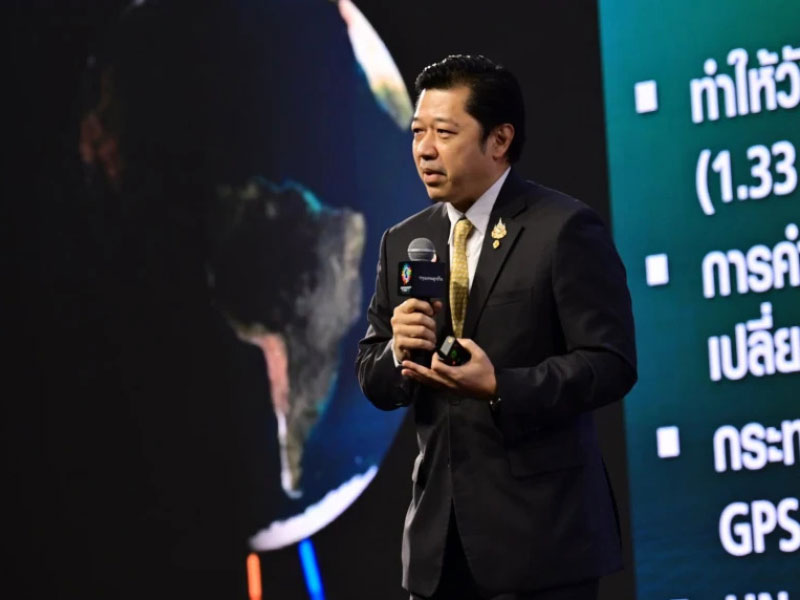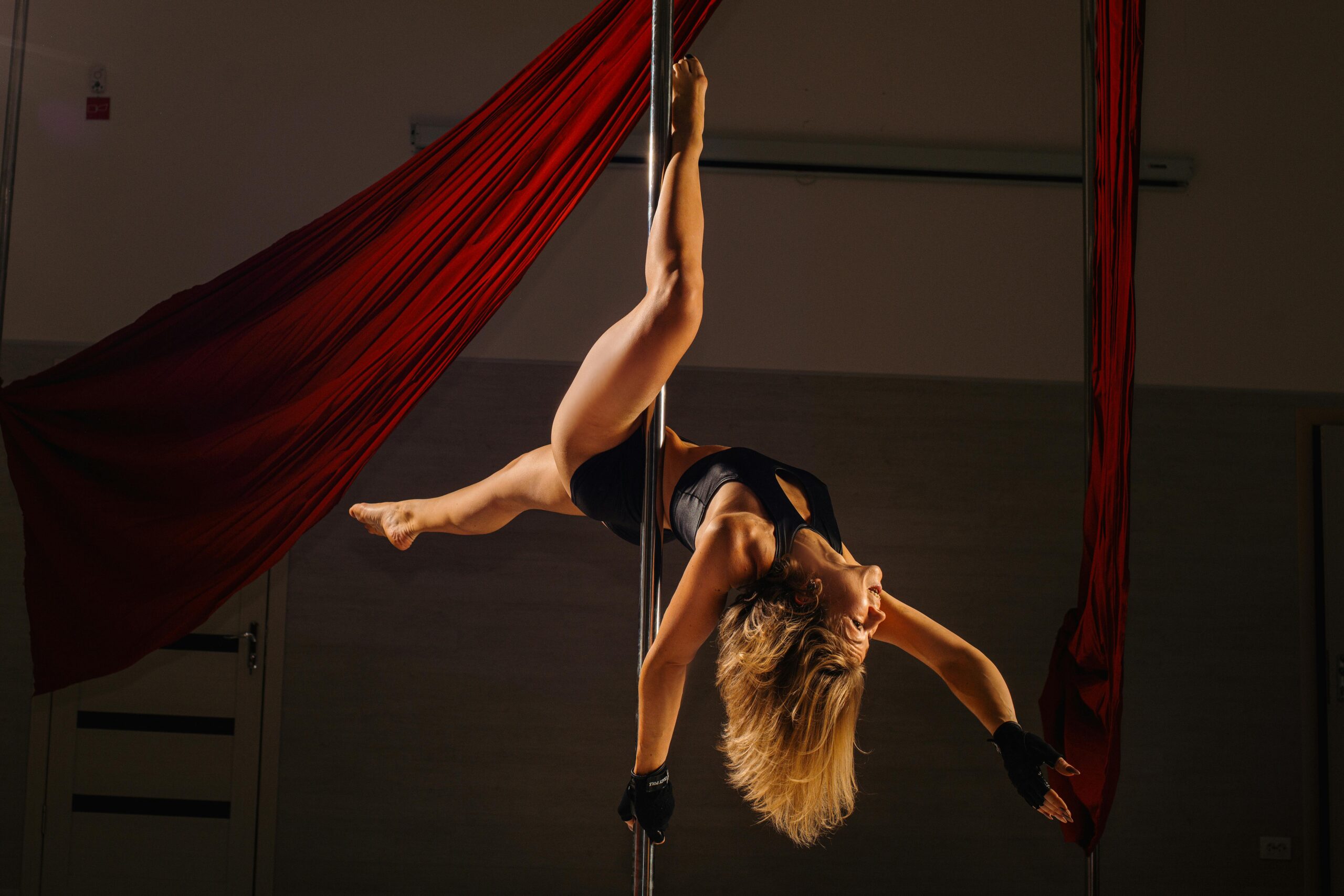MMA Asian Games 2026 debut marks a new era for combat sports in Asia
Mixed Martial Arts (MMA) will make its first appearance at the 2026 Asian Games in Nagoya, Japan. This debut marks a major milestone in the sport’s evolution across Asia. The Olympic Council of Asia (OCA) has confirmed MMA will be featured as a medal event. This unprecedented move reflects the sport’s growing legitimacy and fan base throughout the continent.
A historic inclusion in Asia’s premier multi-sport event
The decision to add MMA to the Asian Games highlights its rapid rise in Asia’s competitive sports scene. Running from September 19 to October 4, 2026, the Games will include MMA under the combat sports category, alongside ju-jitsu and kurash. According to Reuters, this move aligns with the OCA’s strategy to embrace modern and youth-driven sports. It follows the successful debut of e-sports in the 2023 Games
Competition structure and athlete opportunities
MMA’s debut will include six medal events split across two formats: traditional and modern.
Traditional MMA:
Men: 65kg, 77kg
Women: 60kg
Modern MMA:
Men: 60kg, 71kg
Women: 54kg
In traditional bouts, athletes will wear robes and use techniques such as collar grabs and standing throws. These rules reflect the sport’s cultural origins. Meanwhile, modern MMA will follow international standards. Competitors will wear rash guards and fight shorts, offering a format aligned with global expectations.
This two-format approach is more than a structural choice. It ensures inclusivity for heritage-based fighters and professional athletes alike. As noted by MasTKD, the format honors MMA’s roots while preparing it for broader global exposure.
Editorial insight: A strategic leap for MMA’s growth in Asia
The inclusion of MMA in the Asian Games is not just symbolic—it’s strategic. It provides athletes with a credible international stage. At the same time, it gives national federations a reason to build training systems and formal talent pipelines.
Years of advocacy by the Asian Mixed Martial Arts Association (AMMA) were crucial. Their work in promoting governance, safety, and transparency played a major role in MMA’s acceptance. More importantly, this step signals to Olympic stakeholders that MMA is ready for mainstream inclusion. It could even open doors for future Olympic participation.
Future outlook: Implications for MMA and Asian sports culture
The 2026 debut represents a turning point for MMA in Asia. It will raise visibility, attract sponsor interest, and inspire a new generation of athletes across Southeast and East Asia.
Moreover, the sport’s blend of tradition and innovation reflects Asia’s shifting athletic identity. While heritage remains central, there’s a clear move toward modern performance systems. As Nagoya prepares for this landmark event, MMA’s arrival could redefine what elite competition looks like in the region.
Discover more inspiring journeys on Feature.Asia: 10 Entrepreneurs Under 30 Changing Asia’s Economy















